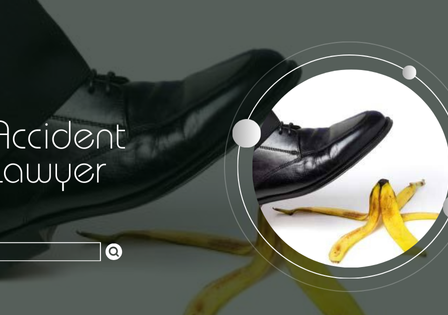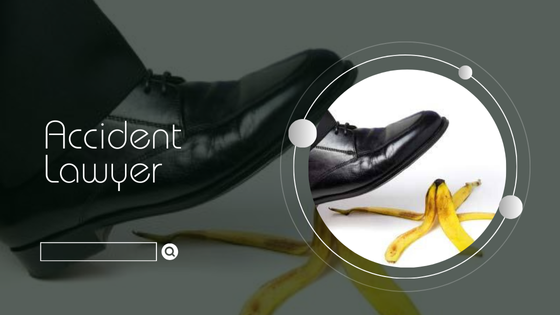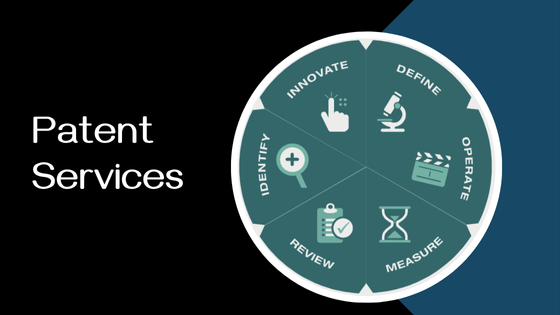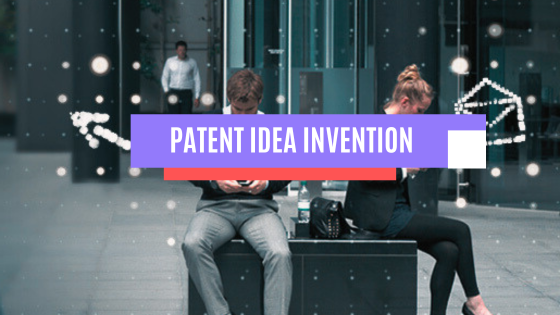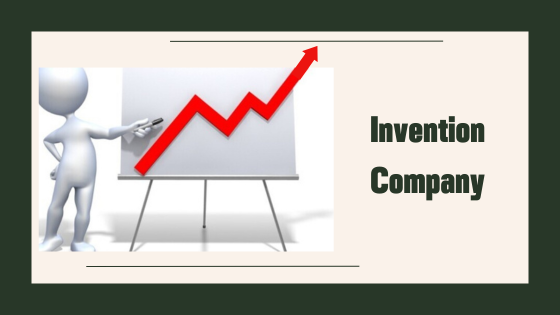Selling land can feel like a slow, uncertain process—especially if you’re relying on traditional methods. Listings sit idle. Agents prioritize homes over vacant lots. And buyers often drag their feet with financing, inspections, and contingencies. If you’re looking to sell land quickly, without the delays and commissions of a realtor, cash land buyers offer a powerful alternative. They move fast, pay directly, and eliminate the friction that stalls most deals.
Whether you’ve inherited a parcel you don’t want, own rural acreage that’s become a burden, or simply need liquidity, selling to a cash buyer can be the fastest way to turn dirt into dollars. But speed isn’t the only advantage. Let’s break down why this route works—and how to do it right.
Why Traditional Land Sales Are So Slow
Unlike residential properties, land doesn’t sell itself. There’s no kitchen to stage, no curb appeal to photograph, and no emotional pull for buyers dreaming of a move-in-ready home. Most realtors focus on homes, not raw land. They may list your property, but they rarely market it aggressively. And because land buyers are often investors or developers, they move cautiously—negotiating price, zoning, access, and financing over weeks or months.
Even when you find a buyer, the process can drag. Inspections, appraisals, loan approvals, and escrow delays are common. If you’re trying to sell land quickly, this model simply doesn’t deliver.
The Cash Buyer Advantage
Cash land buyers flip the script. They’re not waiting on banks or third-party approvals. They evaluate your property, make a direct offer, and close fast—sometimes in days. There’s no need for listings, showings, or commissions. You skip the middleman and deal directly with the buyer.
These buyers are often investors looking to build, subdivide, or hold land long-term. They understand the market, assess value quickly, and are motivated to close. That means fewer delays, fewer demands, and fewer surprises.
Companies like Land Boss specialize in this exact model. They work with sellers across the country who want to offload land fast—whether it’s rural acreage, infill lots, or inherited parcels. Their process is streamlined, transparent, and built for speed. Sellers get fair offers without the hassle of traditional sales.

How the Process Works
Selling land to a cash buyer is refreshingly simple. You start by submitting basic information about your property—location, size, zoning, and access. The buyer reviews public records, satellite imagery, and market data to assess value. If the land fits their criteria, they’ll make a cash offer.
Once you accept, the buyer handles the paperwork. There’s no need for agents, MLS listings, or drawn-out negotiations. Title transfer is handled professionally, and funds are wired directly to your account. In many cases, the entire process takes less than two weeks.
This model is especially useful for sellers who are out of state, dealing with inherited land, or facing financial pressure. It removes complexity and delivers certainty—two things traditional land sales rarely offer.
Who Benefits Most From Cash Sales
Not every seller needs speed. But for those who do, cash buyers are ideal. If you’re holding land that’s costing you in taxes, maintenance, or HOA fees, selling quickly can stop the bleeding. If you’ve inherited property you don’t want—or can’t manage—cash buyers offer a clean exit. And if your land is in a remote or undeveloped area, traditional buyers may be scarce. Cash investors know how to monetize these parcels, and they’re willing to take them off your hands fast.
Selling land without a realtor also means keeping more of your money. No commissions. No marketing costs. No hidden fees. You get a direct offer and a direct payout.
Avoiding Scams and Lowball Offers
Of course, not all cash buyers are created equal. Some prey on desperate sellers with lowball offers or shady contracts. That’s why it’s important to vet your buyer. Look for companies with verified reviews, clear processes, and professional communication. Ask how they determine value, how fast they close, and whether they cover closing costs.
Land Boss, for example, has built a reputation for fair offers and fast closings. They’re transparent about pricing, responsive to questions, and committed to making the process smooth. Sellers who work with reputable buyers like this avoid the pitfalls of rushed deals and walk away with peace of mind.
Conclusion
If you’re ready to sell land and want speed, simplicity, and certainty, cash buyers offer a compelling path forward. You skip the listings, the agents, and the delays. You deal directly with professionals who know the market and are ready to close. And you walk away with cash in hand—without waiting months for a buyer to appear.
Selling land doesn’t have to be complicated. With the right buyer, it can be fast, fair, and frictionless. Whether you’re offloading a burdensome parcel or unlocking equity for your next move, the cash buyer model puts you in control. And when time matters, that control is everything.

